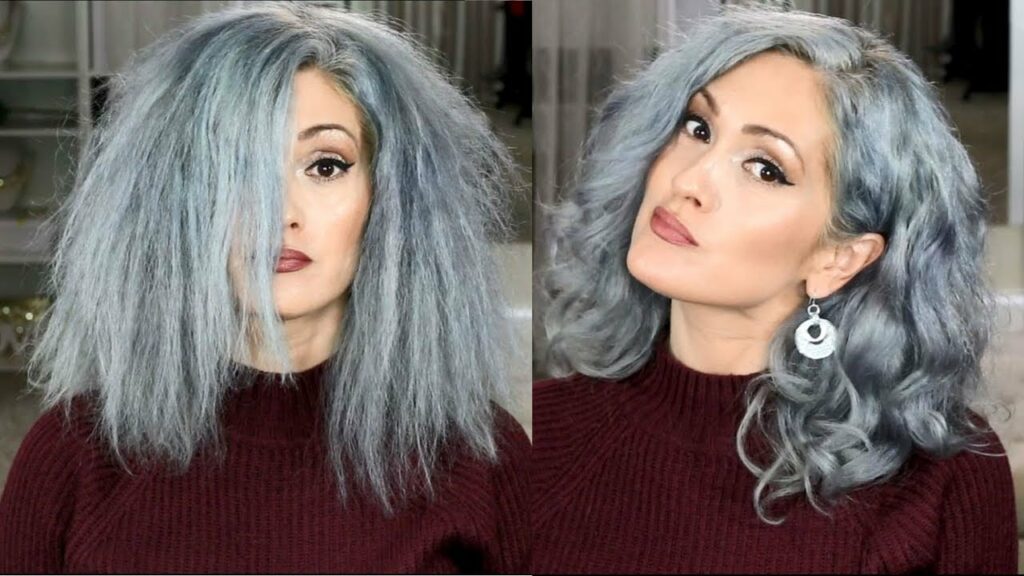
Why is My Hair Stretchy
One of my college classmates recently asked me why my hair is stretchy. I decided to answer her question on my blog.
Stretchy hair just means you could need some protein, if your hair seems “oversoft” or weak and fragile. It can also just mean you have a good healthy amount of moisture in your hair.
Hair that breaks rather than stretches is either very dry or has a protein overload (protein makes hair stronger but it also makes it less flexible, too much so and it will simply break rather than bend).
Plus, nearly all hair is stretchy or stretchier when it’s wet. This is why we’re supposed to be very gentle with wet hair and only use a wide-tooth comb.
If you snag and pull at wet hair, it’s very easy to damage it. In part because it’s soaked up water and has become stretchy and vulnerable.
What causes stretchy hair?
This most likely means that your protein/moisture balance is off. To remedy stretchy hair give yourself a good protein treatment because your hair is over-moisturized. You may have to do more than one over a period of time to see improvement.
- If you pull a strand of hair and it stretches without breaking or it becomes limp/mushy, then you need to up the protein.
- If you pull a strand of hair and it breaks without any stretching, then you need to up the moisture.
- If you pull a strand of hair and it stretches a little, then breaks, the you’re moisture/protein balance is perfect.
Why is my hair stretchy when wet?
There is a test that you can use to tell if your hair has lost its elasticity. You will need to do this while your hair is wet.
If you find that it stretches a bit and then returns to its natural state, your hair is most likely normal. But if you find that it stretches too much and then breaks, or feels forced and mushy, it needs protein.
Why is my hair stretchy when dry?
There are a variety of factors that can cause your hair to become stretchy when dry and eventually break. Hormonal changes, stress, chemical treatments, and even genetics can impact the condition of your hair.
There are also various degrees of damage depending on how stretchy it becomes after it’s dried. Overall though, there is good news: You can get your hair back in good health.
Why is my hair stretchy after bleaching it?
Bleached hair loses all its natural characteristics, becoming as weak as a house of cards, and breaking upon the slightest contact with a comb or brush. The worst part is that it gets a horrible, sticky, and stretchy texture that is difficult to get rid of.
You should wash your hair with hand soap for the first two or three weeks. After that, you can move on to a sulfate-free shampoo.
This is a key piece of advice, so do not ignore it. All instructions that follow are related to this brief instruction. If you have already washed your hair and used the same products on it, there is no need to read ahead because nothing you do will fix your hair.
Why is my hair stretchy and falling out?
When your hair is stretchy, that results in moisture loss from the cortex. More moisture means more stretch. However, when hair retains moisture, it has some stretch or elasticity. That stretch is vital to preventing breakage.
Why is my hair stretchy like a rubber band?
Hair elasticity is an indicator of the overall health and condition of your hair. It can let you know if they are strained, brittle, or unhealthy–in some cases it might even be a sign that the hair needs to be cut! The cortex is where moisture is held in the follicle, so it’s important to make sure you stay healthy as well.
How do i know weather i need protein or moisture?
Signs Of Protein Deficiency In Your Hair
It’s important to know that protein and moisture treatments deal with two very different issues, but let’s talk protein first.
Hair is a highly complex appendage of the body that is created by many proteins, think of amino acids (proteins) as the building blocks of your hair; they give strands strength and structure.
Without adequate protein, hair can become brittle and fragile. Some signs of a protein deficiency can be stringy, limp, or sticky hair.
Lack of protein can result in hair loss, and the growth of weak and brittle strands, hair without enough protein might break more easily.
Signs Of Too Much Protein In Your Hair
Just like having a protein deficiency, it is possible to have too much protein in your hair — but, again, it’s super rare.
If [the products you’re using] are very protein heavy and the protein molecules in them are too large, they could potentially weigh the hair down and make it feel coated.
Luckily, this is just a temporary effect: It should clear up as soon as the product is completely washed out.
Signs Of Moisture Loss In Your Hair
In general, if your hair isn’t feeling its best, it’s much more likely that you’re dealing with moisture loss, which most often is caused by chemical treatments (like relaxers and highlights) and hot tools (like your curling iron).
If your hair is dry, easily tangled, and weak, it may need more moisture. it can cause split ends, a lack of shine, and inability to hold a heat style could be a sign of dehydrated hair.
Treating Protein Imbalances In Your Hair
Although there are products on the market that claim to be able to restore protein in your hair, most experts agree the real cause of protein deficiency usually has to do with your diet — and therefore, the only way to fix the problem is to make sure you’re eating enough protein.
Most people need about 40-50 grams of protein per day, and have no problem getting it, since the average American actually eats 80-100 grams per day.
Protein deficiency is quite uncommon: True protein deficiency that affects hair can be congenital and is identified very early in life, In very rare circumstances, skin, hair, and nails can all be affected by severe deficiency of protein in an adult diet.
Changes in your hair quality can also be a sign of serious illness, so it’s best to check in with your doctor if you’re noticing them.
If it is a protein deficiency, there is nothing that can be added to infuse protein, You just have to grow the hair out.
While you do, you can work with medical and nutritional experts to find healthy ways to add more protein to your diet if they determine you need to.
Treating Moisture Loss In Your Hair
Just like protein, Rogers notes that it’s pretty hard to add moisture back to your hair once it’s been damaged.
Products containing silicone (dimethicone, cyclomethicone) can be helpful to coat and protect the hair shaft, but only temporarily.
Otherwise, you’ll just need to “grow it out and treat it gently.” As for getting into a regular routine that can help your hair at least feel more moisturized, Kingsley recommends a pre-shampoo conditioning treatment once to twice a week, depending on how damaged your hair is.
What Is Hair Elasticity?
Hair elasticity is a term that describes how well your hair can handle stretching without snapping. If you notice that you have little, broken hairs on your shoulders and unwanted hair on the sink after styling, then you likely have an issue with your hairs level of elasticity.
Your hairs elasticity is just as natural as the color of your skin. Your hairs flexibility was determined before you were born, but it can be affected by your daily styling routine and use of heat and chemical on your hair.
Styling choices such as chemical treatments, heat styling, and damage due to using the wrong hair tools all play a role in how your hair can sustain itself under pressure.
If you think that you have an issue with the elasticity of your hair, the last thing you want to do is make bad decisions with your hairstyling routine.
How Can I Determine How Much My Hair Stretches?
You can’t change your genes, but the good news is, you can improve the elasticity of your hair. Healthy hair elasticity is a balance of protein and moisture the keeps the hair stiff. A great way to determine the level of your hairs elasticity is by doing this simple test on dry hair:
Step 1:
Part your hair into four even sections
Step 2:
Designate one small piece of hair from each section.
Step 3:
One curl at a time, pull each curl by the ends of your hair until it’s completely straight.
Step 4:
If your hair did not break off, then let your hair go and watch as the curl reverts back
How to improve hair elasticity
When it comes to Healthy Hair Management, the elasticity level of your hair is extremely important. Well, what is elasticity anyway? Elasticity is your hair’s ability to “withstand tension and bounce back easily after extension with minimal breakage”*.
Hair is elastic – to put it simple! Having optimal levels of elasticity gives your hair stretching power that allows your comb to easily move through your hair without breakage from the manipulation.
Lack of elasticity causes your hair to snap off and break at every little tension placed upon your hair. So essentially, increasing your elasticity means increasing the moisture levels in your hair.
Improved elasticity not only improves styling and manipulation of the hair but it also reduces premature breakage. Hydrated hair = Improved Elasticity = Less breakage! #Goals
Here are 5 easy ways to help improve the elasticity in your hair:
- Incorporate Extra Virgin Olive Oil In Your RegimenExtra Virgin Olive Oil is known to penetrate into the hair cortex up to at least 25%. The fatty acids aid in improving the strength and elasticity of the hair strand. With frequent use as a pre-shampoo or mixed into your deep conditioner, you will notice improved stretching power in your hair.
- Frequent Washes and TreatmentsWet hair is naturally more elastic than dry hair. Frequent washes and moisture conditioning treatments will help moisten your strands and relax the hydrogen bonds in the cortex improving the hydration levels and elasticity in each strand. Note, proper protein dosages are also needed to resist breakage.
- Baggying Your HairWell moistened hair will return to its original state when stretched, rather than snap off and break when dry. Baggying your ends, or entire head rather, creates an environment where the plastic bag traps heat helping to re-activate your moisturizer. This draws moisture and softness into the hair thus increasing your hair’s ability to stretch beyond its original length and return to its original state without breaking.
- LOC/LCO MethodThe liquid, oil, cream & liquid, cream, oil methods are ideal for locking moisture into the strands. The retained moisture enhances the elasticity while easing possible stress in manipulation and friction. 5. Steaming vs. Hooded DryerSteaming releases warm water vapours as opposed to dry heat accompanied by hooded dryers. While steaming, the warm water vapours easily seep into the strands increasing hydration and the penetration of the conditioner. Remember, increased elasticity will be present in effectively moistened hair.
Conclusion
Thanks for reading my post about Why is my hair stretchy Don’t worry too much about having stretchy hair, You have to be patient with yourself and with your hair journey.
It will take a little time to reach your hair goals. Test out new products and experiment with your hair styling process.
And then apply the above steps, your hair will be back to its normal hydrated self, and also full of protein in no time. follow up with this next article about Can I use onion juice on hair daily


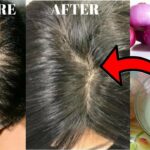

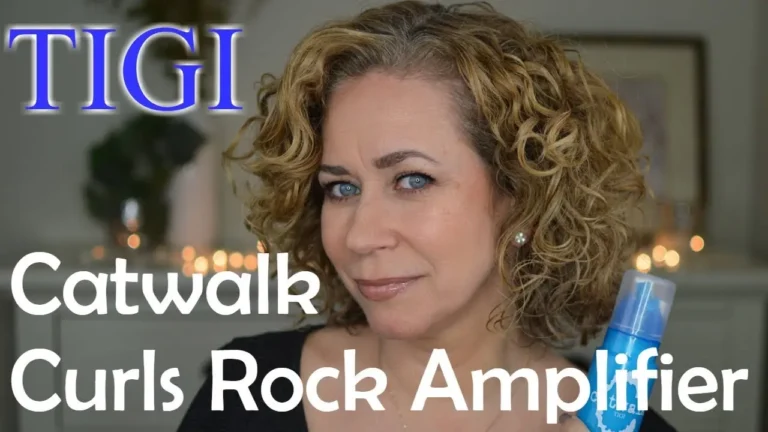
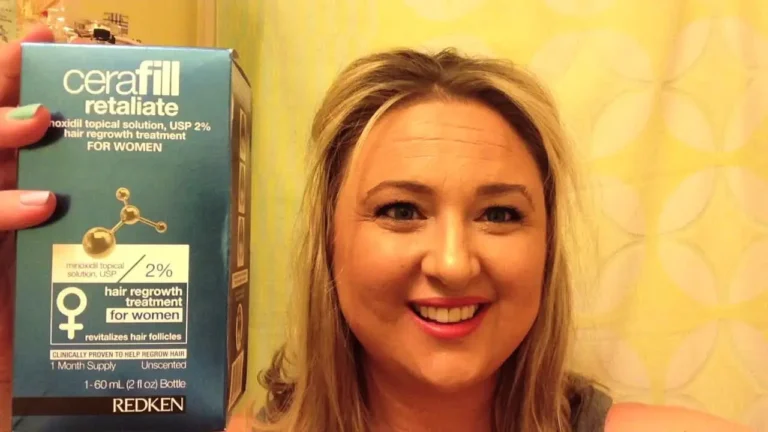
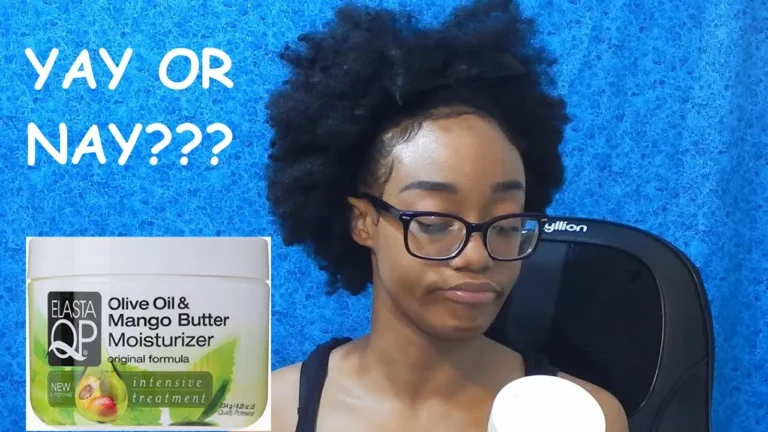

Comments are closed.